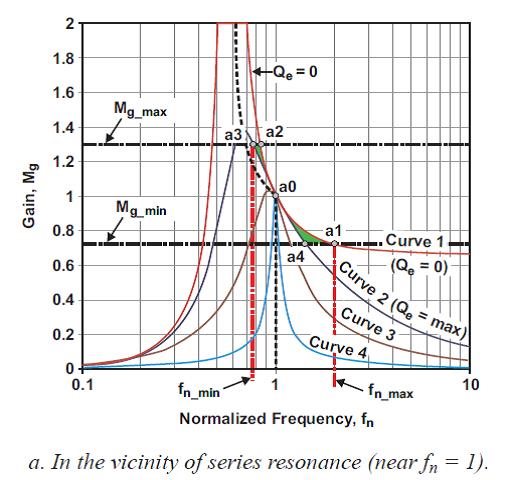Hi Everybody,
Made a LLC converter from 400V to 48V, 400 watts using UCC25600. It's works great and functions at 90kHz, zvs archieved and control loop is stable. Also OC protection works ok as I limit the current to approx. 8A.
However, I notice the output current will not be limited in a case when I shortcut the output ?? The measured output current is even 8..10A @ 0.5V. and frequency increases to 170kHz.
How to reduce the output current in such a condition ? Furthermore increasing the frequency ?
Thanks, Edwin


